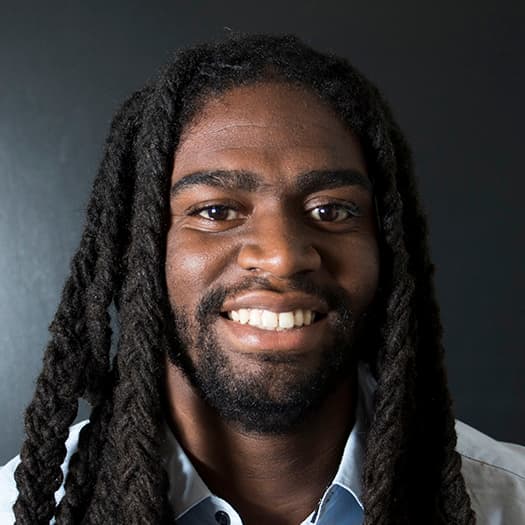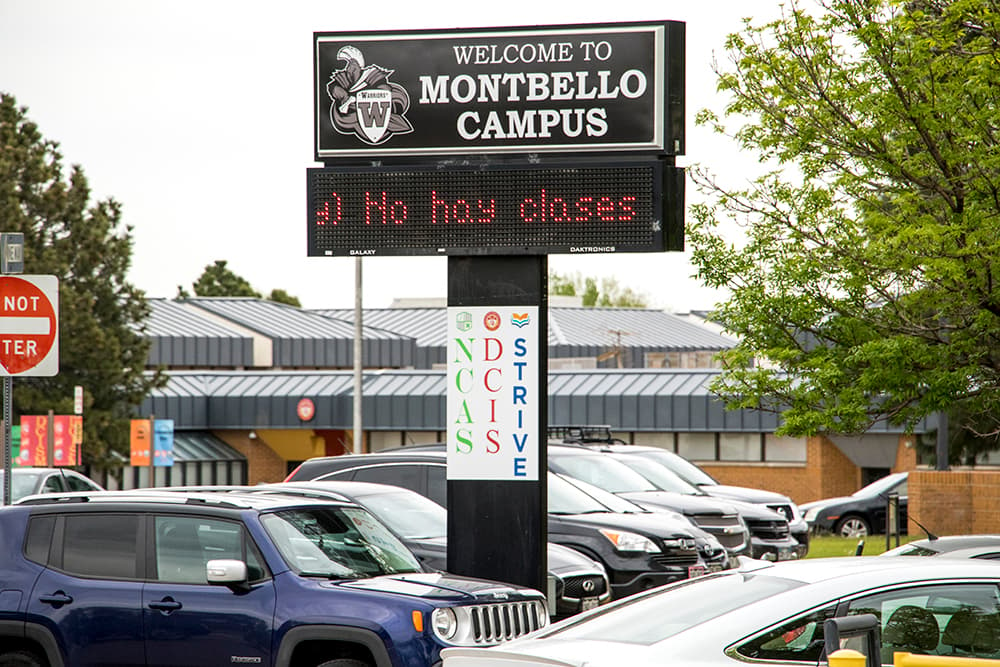
As the school year nears its end, some Denver parents will just be getting started.
Hasira Ashemu, leader of the Our Voice Our Schools (OVOS) movement, hopes they're ready to give black parents tools to advocate for themselves within Denver Public Schools. They will be hosting the Black Empowerment Summit on Saturday, May 12, at Shorter AME Church. Hundreds of parents are expected to attend to discuss an achievement gap found to be one of the widest in the nation.
"We need to organize black people and black parents in Denver in order to be able to agitate and organize for their children," Ashemu told Denverite.
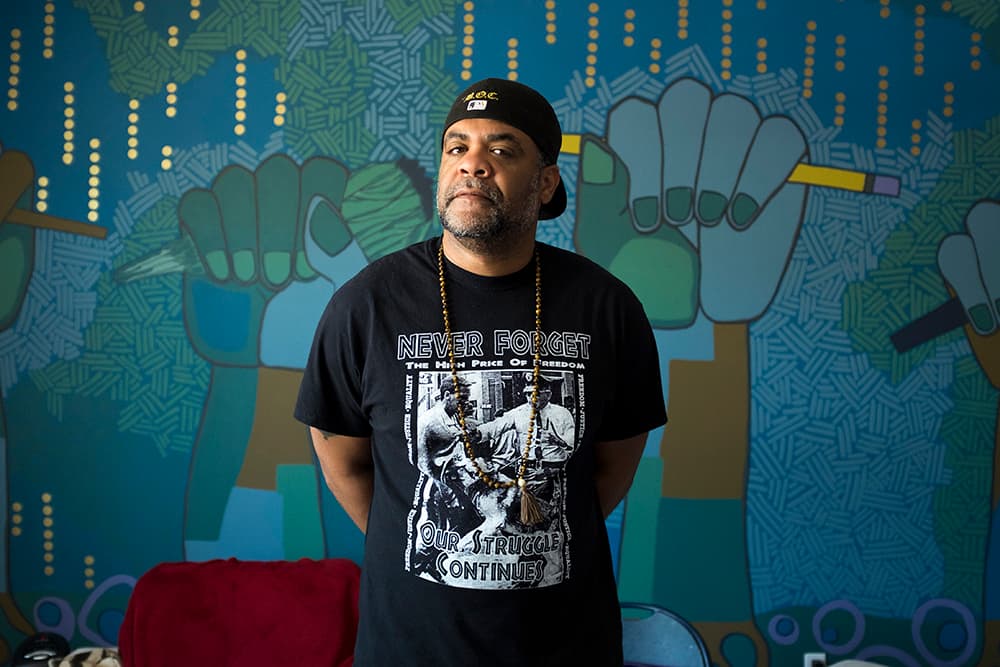
Equity gaps quantify the disparity in achievement between different demographics of students. People often use these metrics to judge whether or not a school district is meeting the needs of all its students. The numbers for Denver clearly show sizable gaps between students in poverty and their more affluent peers, as well as between students of color and their white peers.
Parents and leaders of the OVOS movement want school leaders held accountable for reform efforts that they believe have not been effective.
Allen Smith, co-associate chief of the Culture, Equity and Leadership Team at DPS, acknowledges the school district's history of institutionalized racism and systematic disenfranchisement.
The "Bailey Report," a study focused on the experience of African-American students and teachers in DPS, was commissioned by the district and highlighted some troubling accounts.
Sharon Bailey, the author of the report, set out to discover some of the causes of equity and opportunity gaps in the district through the eyes of black teachers and administrators. In her investigation, common themes began to emerge -- like a culture of low expectations, a hostile work environment for faculty and a lack of cultural competence from instructors -- that should be cited as possible reasons for the performance of black students in comparison to their white peers.
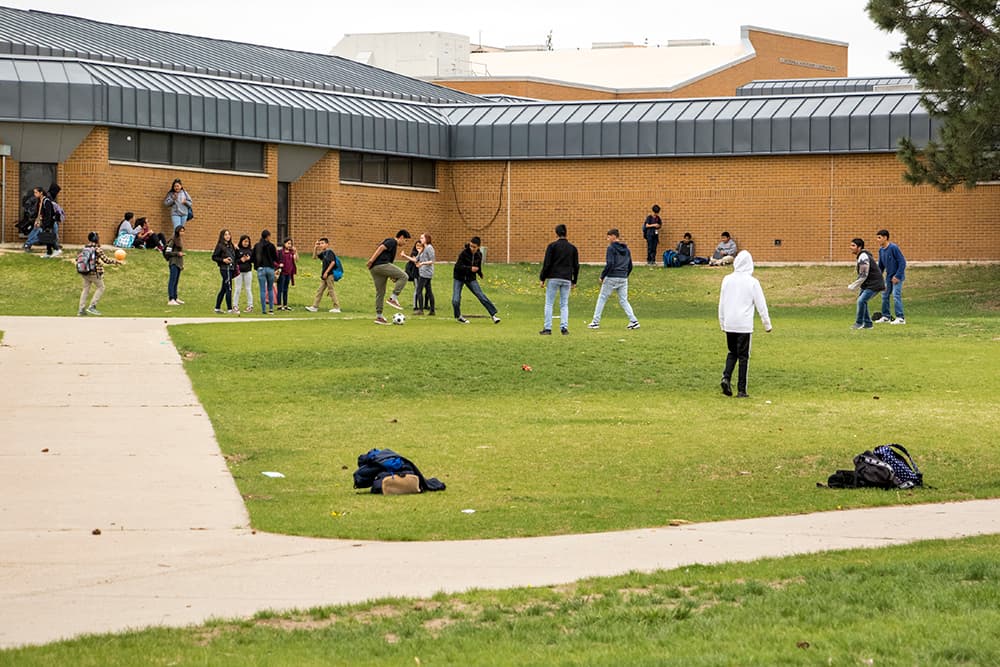
Smith says he and DPS leadership now are on the families' side and are hearing their concerns.
"After the Bailey Report came out, pointing out some things we've known to be true for many years, it allowed us to stand on a platform, and Tom (Boasberg, DPS superintendent) said we're going to put some teeth behind this thing," Smith said. "What we have done is brought a group of internal and external folks together to figure out how to address this, and decide what are the top priorities."
Nobody disagrees on the desired outcome -- a good education for all students. But there are serious disagreements over how to get there.
Co-location -- putting multiple schools in one building, which detractors say creates a confusing environment for students and proponents say is efficient and equitable -- along with school closures and a noticeable amount of charter schools in Northeast Denver are all different ways of taking advantage of students in black and brown neighborhoods, Ashemu said.
The summit also hopes to address and slow down school closures, which organizers feel happen disproportionately in schools filled with students of color. At the Democratic State Assembly in April, activist Vanesssa Quintana said, "When Manual shut down my freshman year, it told me education reformers didn't find me worthy of a school."
That sentiment resonates with many members of the OVOS movement. Many of them feel that this type of top-down decision making has exacerbated distrust between families in the district and leaders of DPS.
As Ashemu put it, "Montbello is essentially the projects for education, these are circumstances that white people would never tolerate their children having to endure."
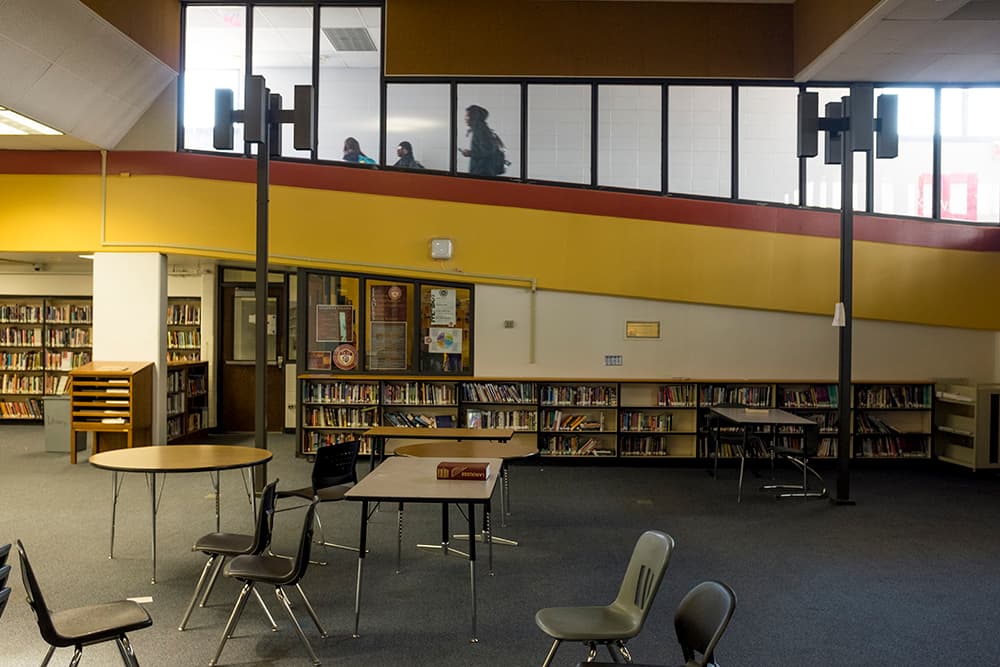
DPS says its decisions have been driven by the community.
Boasberg and his predecessor, U.S. Sen. Michael Bennet, feel that they've been doing a great job when making tough decisions concerning these very issues. In April, the two men attended a public discussion where they addressed many of their own controversial choices and noted that although their decisions were not always executed perfectly, they were the right thing to do. Bennet was responsible for closing Manual High School in 2007, which was hotly contested by many parents at the time.
Boasberg in his nine-year run has closed 30 low-performing schools and opened 75 new ones.
According to Boasberg, the district came to these conclusions by adhering to the requests of community members in Northeast Denver. "It came from the community," he told Denverite last week. "A very strong community demand that Montbello [High School] for too long didn't have the opportunities that other areas had."
As far as charter schools and other non-conventional education models, Boasberg considers innovation to be a cornerstone of providing students with the opportunity to select the best school for them, as opposed to education models that require large high-schools to function.
"Students in big schools feel they're not very personal, they're not known in the building, and more kids have slipped, historically, through the cracks," Boasberg said. "With the new schools which are smaller and medium-sized, we've doubled the amount of graduates. Students will tell you it feels more like a family."
Janet Rene Damon, a longtime northeast Denver resident with two daughters who have attended charter schools there, is looking forward to hearing a variety of opinions at the summit. Although her daughters have experienced success at their charter schools, she is concerned that not all kids have access to the same level of educational institutions her daughters do.
"We need to make sure that every family is empowered to make the right decision for their child's learning goals and styles," she said.
She added that having a large, unified high school would give the area a renewed sense of cohesion and give residents an opportunity to choose that educational path for their children.
DPS parent and northeast resident Kisha Henderson said having the options to choose between schools helped her find the right fit at Omar D. Blair Charter School for her son, E.J., after a tough stint at another school.
"Having a bigger school, I don't think the teachers can cater to all of the students," she said. "Now we're all on one page, and we see where he needs help at, it really helps all the kids."
Brandon Pryor, an organizer of the summit and DPS parent, would like to see the district provide kids from all areas access to quality institutions. For him, the summit presents an opportunity to raise awareness about some of the district's issues, like equity gaps and the policies that he feels exacerbate those discrepancies.
Beyond some of his fundamental qualms with academics in some of the charter schools, like low proficiency scores and high graduation rates, he feels that the lack of a conventional option deprives children of key opportunities for social development.
Moreover, it has been painful for him to see the resonating effect removing the central school location has had on the broader community.
"Growing up, and especially as a product of DPS, our main rival was Montbello in every sport. Looking back and seeing how that community was centered around the school, and everybody took pride in it, everybody pitched in, every time there was a big event the community was there, and people felt Montbello and people were proud of that. And now you don't have that because we have eleven different high schools. There's not that identity," Pryor said.
He also said he doesn't want to see an end to the high-quality charters that do exist, but he would like his family and others to have a comprehensive model as an option. He plans on touring the country to pull best practices to recommend to DPS.
Boasberg did note some of the new policies need refinement, as issues like mismatched bell times at co-located schools, and a lack of coordination between schools that has hindered extracurricular activities in Montbello. Overall, though, he believes those decisions have put the district on the right path in Northeast Denver.
Executive Director of Athletics and Beyond Narcy Jackson, however, feels that the lack of unity between the schools has been disastrous for students involved in the athletic programs and has caused talented athletes in the areas to look for greener pastures in other schools.
"With these different schools, nobody is sharing information. The most valuable information students need is college information," Jackson said.
Jackson has seen several student-athletes not be eligible to pursue athletics at the university level because they didn't know how to properly prepare for NCAA requirements and sometimes the schools didn't either. He also noted the difficulty in building the camaraderie and school pride that can happen more easily for teams in a unified school setting.
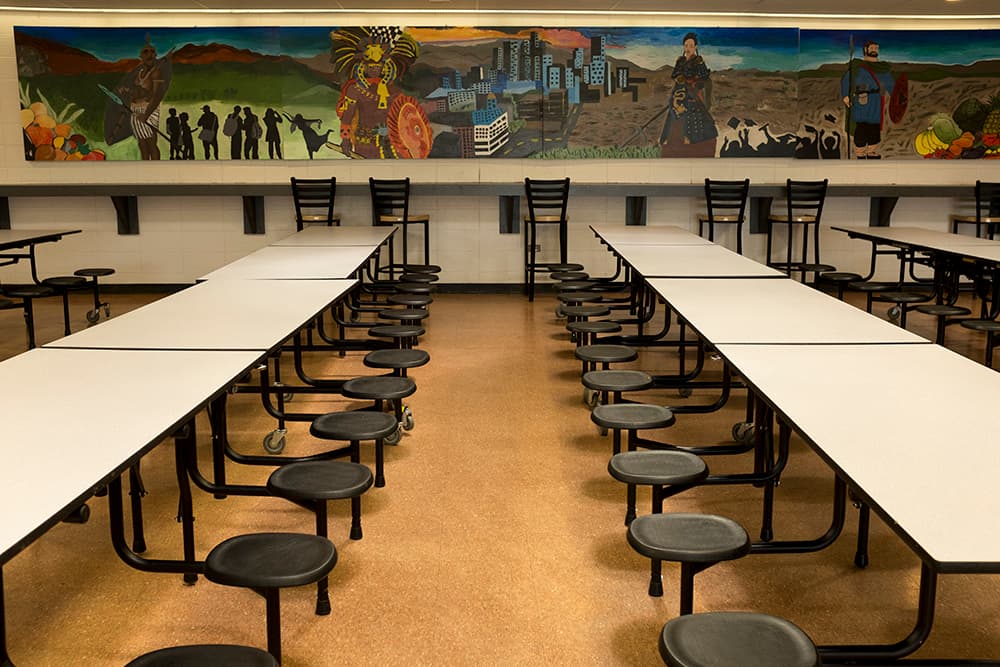
Summit organizers hope getting together will lead to more influence over the district's decision-making process.
The Black Empowerment Summit is looking to tackle some of the issues outlined in the report because they feel like DPS isn't doing enough. Ashemu thinks the district is moving slowly in part because they refuse to adequately equip change agents like Smith and Bailey.
For his part, Smith feels as though some parents may not understand the time frame necessary for these entrenched equity gaps to be uprooted and encourages parents to be specifically concerned with the precision of the district's plans.
"We have to make sure that these gaps get addressed. We got to go deeper to say what is the root cause. Once we understand what the root cause is, we can address it," Smith said. "Equity has been done mostly for compliance. We don't want to do this for compliance, we want to do this for sustainability. We don't want to do this over again. This is not an experiment, this is our kids."
Smith and Boasberg say the district has helped bring in and retain more faculty of color.
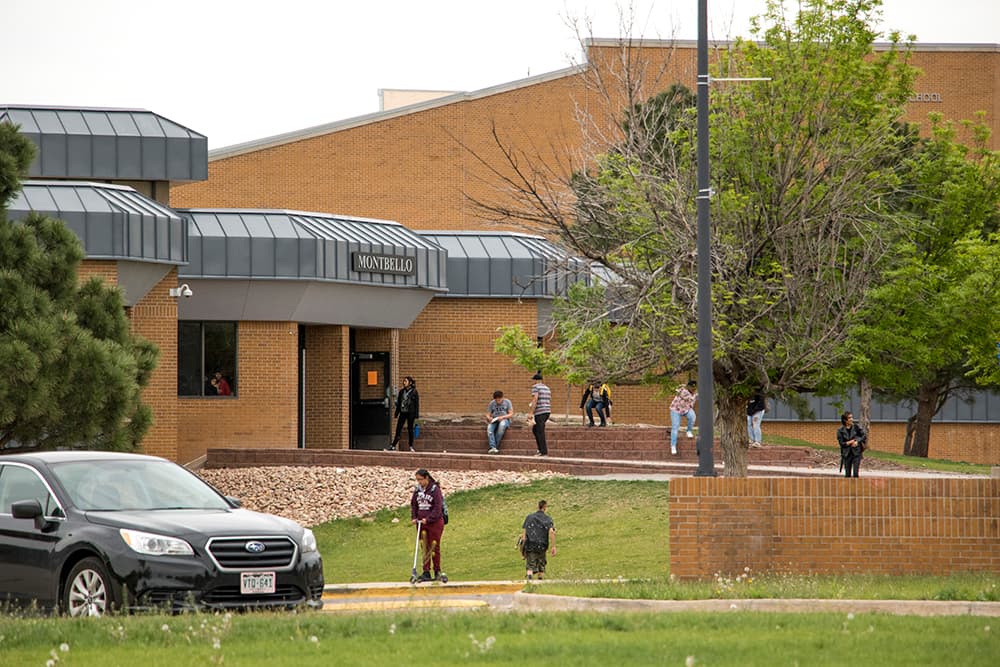
"We are focused on the issues that come up when our teachers of color tell us why they come and stay," Boasberg said. "The number one thing is are they supported, is there growth and are there ethical practices like cultural competency?"
Ashemu, however, thinks that leadership needs to represent its student population not just in terms of instructors but from the highest levels down.
"The Bailey Report spoke very clearly around how systemic it is inside of public education that black and brown educators get pushed out of it," he said. "Why do we have predominantly white leadership in an institution that primarily serves people of color and where else in society could we have the inverse of that situation?"
Leaders from the OVOS movement believe that for true change to occur, there has to be sweeping change within the district. Smith encourages a heavy dose of community involvement in the district.
"We need community, we need them to be involved, we need them to push, we need them to hold us accountable," he said. "Holding us accountable doesn't just mean punitive, it means that you're asking the right questions to make sure we're getting at the right things."
